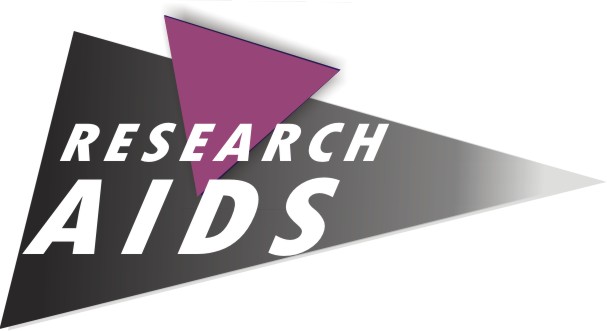The Structure of HIV
HIV stands for Human Immunodeficiency Virus. Like all viruses, HIV cannot grow or reproduce on its own. In order to make new copies of itself it must infect the cells of a living organism.
Outside of a human cell, HIV exists as roughly spherical particles (sometimes called virions). The surface of each particle is studded with lots of little spikes. An HIV particle is around 100-150 billionths of a metre in diameter. That's about the same as:
- 0.1 microns
- 4 millionths of an inch
- one twentieth of the length of an E. coli bacterium
- one seventieth of the diameter of a human CD4+ white blood cell.
Unlike most bacteria, HIV particles are much too small to be seen through an ordinary microscope. However they can be seen clearly with an electron microscope. HIV particles surround themselves with a coat of fatty material known as the viral envelope (or membrane). Projecting from this are around 72 little spikes, which are formed from the proteins gp120 and gp41. Just below the viral envelope is a layer called the matrix, which is made from the protein p17.
The viral core (or capsid) is usually bullet-shaped and is made from the protein p24. Inside the core are three enzymes required for HIV replication called reverse transcriptase, integrase and protease. Also held within the core is HIV's genetic material, which consists of two identical strands of RNA.
What is RNA?
HIV belongs to a special class of viruses called retroviruses. Within this class, HIV is placed in the subgroup of lentiviruses. Other lentiviruses include SIV, FIV, Visna and CAEV, which cause diseases in monkeys, cats, sheep and goats. Almost all organisms, including most viruses, store their genetic material on long strands of DNA. Retroviruses are the exception because their genes are composed of RNA (Ribonucleic Acid).
RNA has a very similar structure to DNA. However, small differences between the two molecules mean that HIV's replication process is a bit more complicated than that of most other viruses.
How many genes does HIV have?
HIV has just nine genes (compared to more than 500 genes in a bacterium, and around 20,000-25,000 in a human). Three of the HIV genes, called gag, pol and env, contain information needed to make structural proteins for new virus particles. The other six genes, known as tat, rev, nef, vif, vpr and vpu, code for proteins that control the ability of HIV to infect a cell, produce new copies of virus, or cause disease.
At either end of each strand of RNA is a sequence called the long terminal repeat, which helps to control HIV replication.



